THE GREATER UNITED STATES
The United States has long controlled lands beyond its borders. From military bases to informal colonies, the area that some refer to as “the greater United States” is a global scattering of U.S.-dominated enclaves well outside the 50 states.
And for the first time in a while, the government is reviving an expansionist agenda.
The Trump administration seems to be tapping into histories of U.S. presence to justify occupation now—particularly of the Panama Canal Zone, a former U.S. colony for nearly a century (1904–1999). Trump has ventured that the U.S. should “take back” the Canal Zone and that use of military force was on the table.
Like any empire, be it Inka or Roman, U.S. imperialism has amassed a material record, especially in its active, abandoned, and reclaimed military bases. From the Galápagos Islands to the Philippines, U.S.-based corporate and military endeavors have left their footprints on landscapes globally.
U.S. military bases are not technically considered to be U.S. soil—but that hasn’t stopped the country’s citizens from digging into it to lay foundations for buildings and infrastructure. In doing so, they sometimes surfaced archaeological objects. And these pockets of land can be legal gray areas for cultural heritage restrictions.
As a historian of archaeology, I’ve been researching how, over the past centuries, U.S. transnational corporations and the U.S. government used archaeology to expand influence. In the 1940s, many famous American archaeologists circulated through Panama, taking advantage of U.S. occupation. Today many of the objects extracted from Panama under these imperial conditions remain in U.S. museums.
By tracing how these archaeological objects were taken from their contexts, and where they traveled, we can start to understand how U.S. imperialism jumbles historical landscapes—and contemporary ones.
AN AMERICAN APPENDAGE
Once a part of Colombia, the Department of Panama seceded in 1903 with U.S. backing. In exchange for military protection against Colombia, the newly formed Republic of Panama ceded land to the U.S. that would form the Panama Canal Zone. A twin border of 5 miles along each canal bank created a zipper of empire. Ships were protected on both sides by U.S. territory.
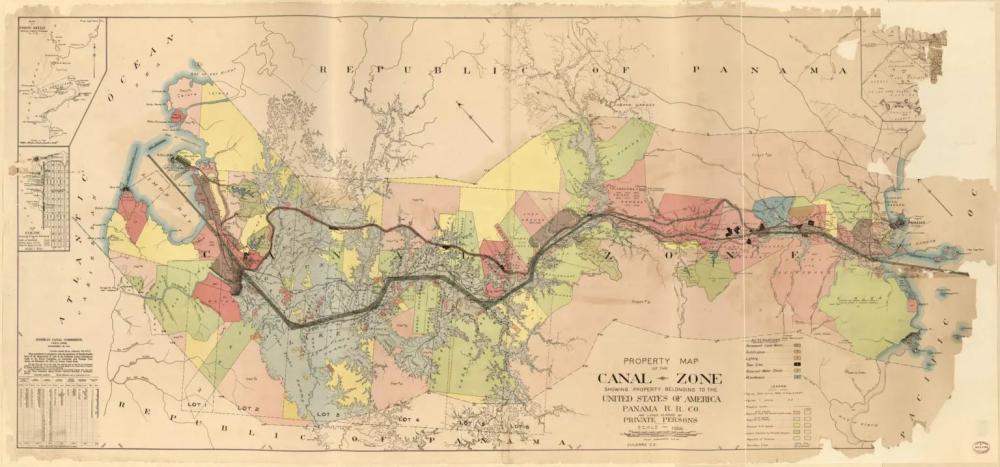
A 1911 map outlines land that was either privately held or federally controlled in the Panama Canal Zone, all of which was property claimed by the United States. Library of Congress/World Digital Library
The U.S. ruled the land as an American appendage, a semi-sovereign area that in practice excluded Panamanian citizens from the center of their own country. Until 1979, the Canal Zone had separate infrastructure and governance from Panama, including its own police force, courts, and schools.
In the creation of the zone, many Panamanians who had been living there were forced out. In 1912, President William Howard Taft signed the Panama Canal Act, which demanded that towns within the zone be razed to ensure the protection, operation, and sanitation of the area. As scholars such as historian Marixa Lasso have revealed, U.S. cartographers then rewrote history, drawing maps of the Canal Zone filled with forests instead of the debris of razed towns. Such acts helped create a narrative that the zone had been empty of people, unproductive, and only made useful with U.S. intervention.
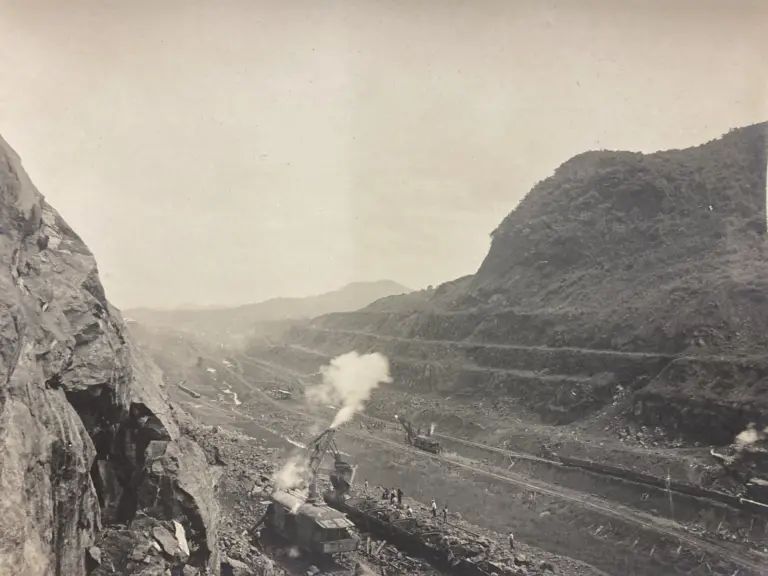
A 1909 photograph shows U.S. work on the “Culebra Cut,” a nearly 9-mile stretch that was excavated to link the Atlantic Ocean to the Pacific for the Panama Canal. W.A. Fishbaugh. Canal Zone Collection (34) 1908–1909. Box 1. Middle American Research Institute (MARI) Tulane University.
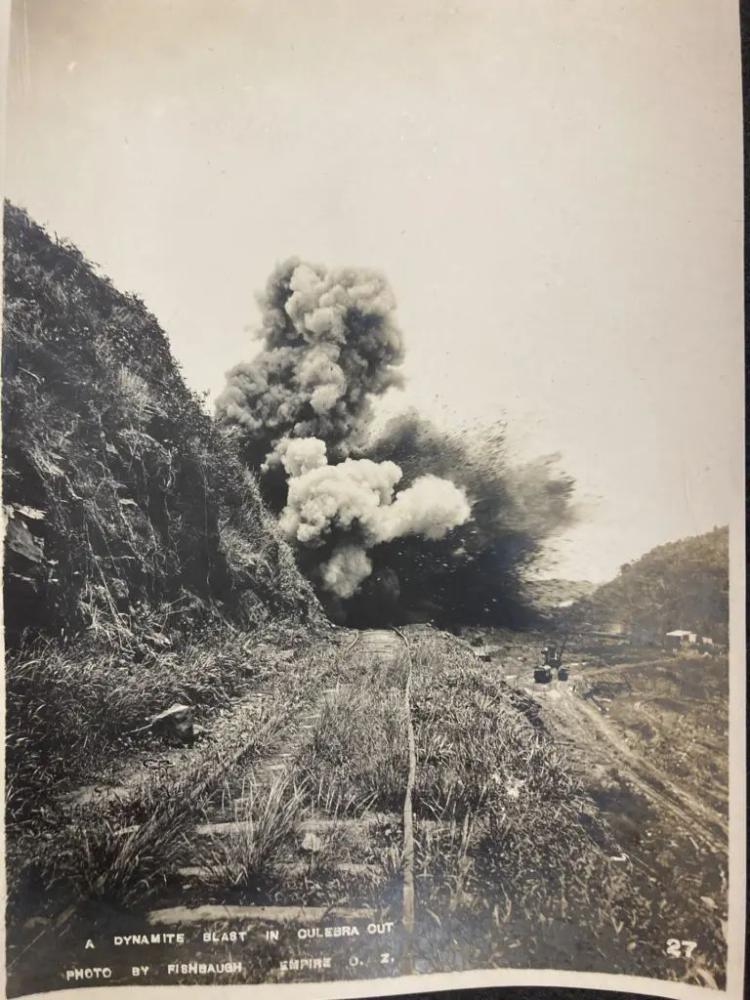
Over 40,000,000 pounds of dynamite were used to blast through rock and soil for the Culebra Cut. W.A. Fishbaugh. Canal Zone Collection (34) 1908–1909. Box 1. Middle American Research Institute (MARI) Tulane University.
Another way that American civilians and government officials rewrote Panama’s history was through archaeological research. The practice of archaeology might seem like an afterthought of U.S. presence, but it has long been understood by scholars as a tool that buttressed empire. National museums that eventually house archaeological material can be hugely important institutions that create narratives about societies and the nation’s relationship to them.
By the 1940s, American archaeologists were well established in the Canal Zone, getting to conduct research somewhere “exotic” yet legally under U.S. jurisdiction.
ARCHIVES OF WEEKEND ARCHAEOLOGY
In 1948, the U.S. Navy bulldozed a section of beach on Playa Venado, an area that had formerly served as a U.S. firing range. As the workers scraped sand and earth, they struck gold objects. The bulldozer had sliced into an ancient society’s necropolis, where more than 350 individuals had been lain to rest. Though archaeologists at the time didn’t know it, recent work shows that from A.D. 550–850, people used Playa Venado as a place to bury and venerate loved ones. Within the graves, they tucked locally made pottery and adorned the deceased with jewelry shaped into frogs, birds, and mythical creatures.
The Navy’s accidental uncovering of an ancient cemetery inspired newspaper articles and drove interested Americans to the site. Within the Canal Zone, the cemetery was outside of Panamanian purview and within U.S. domain. The U.S. Army began issuing permits to excavate there—to any U.S. resident in the Canal Zone who applied.
Eager to claim a bit of Panama for themselves, soldiers dug without documenting what they had found or where. Throughout the 1950s, Canal Zone residents conducted what they called “weekend archaeology.” Their largely haphazard digging privileged pillaging over recording context. Some Canal Zone residents even started the “Archaeological Society of Panama” and circulated journals to its members about their adventures, private collections, and excavations at Playa Venado.
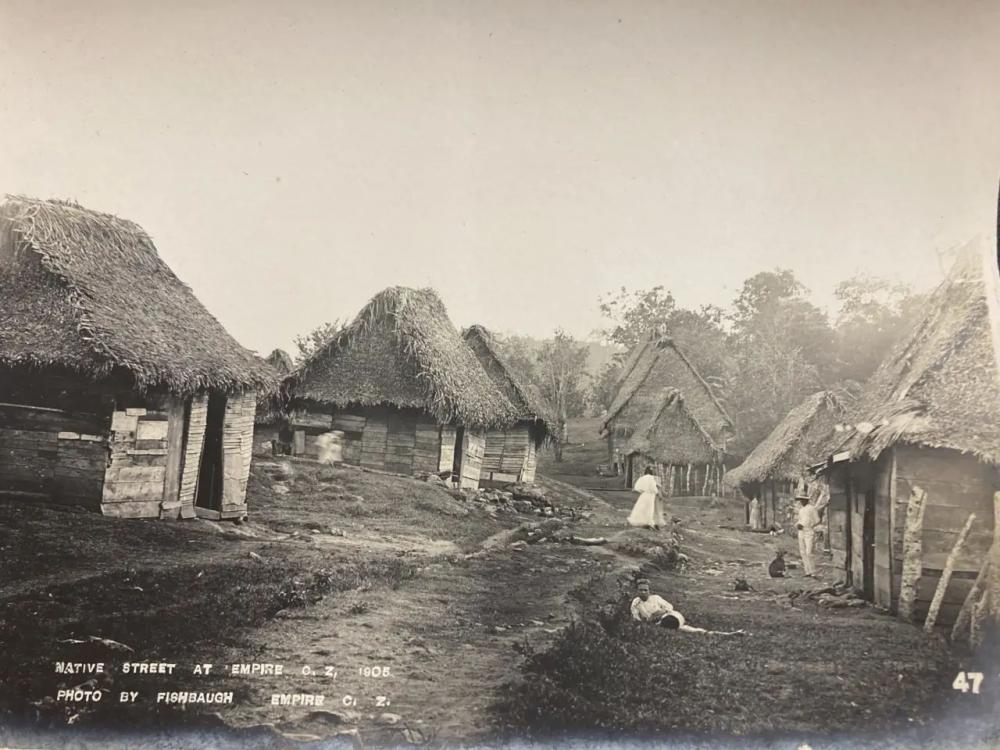
The town of Empire was one of the largest in the Canal Zone, built along the Panama Railroad. It was an ethnically diverse, majority Black town, with immigrants from all over the world drawn to work on the Canal’s construction. W.A. Fishbaugh. Canal Zone Collection (34) 1908–1909. Box 1. Middle American Research Institute (MARI) Tulane University.
Weekend archaeologists were in contact with accredited archaeologists as well as museums, private collectors, and professional looters, called huaqueros. Because of these ties, objects from Playa Venado sit today in U.S. museums such as the Metropolitan Museum of Art in New York City and Dumbarton Oaks in Washington, D.C. Many pieces came to Dumbarton Oaks by way of diplomat Robert Bliss, an avid collector of ancient art of the Americas who, upon learning about Playa Venado, anonymously financed professional excavations at the site led by archaeologist Samuel K. Lothrop.
Much of my research follows the paper trails of archaeological work. In museum storerooms, I examine original identification tags, once fixed to excavated objects. In basement archives, I delicately peel apart pages of yellowing papers, stuffed in those quintessential mint green filing cabinets of the 1960s.
I’m interested in how archaeologists came to know what they later wrote about in official publications, and, crucially, what they left out.
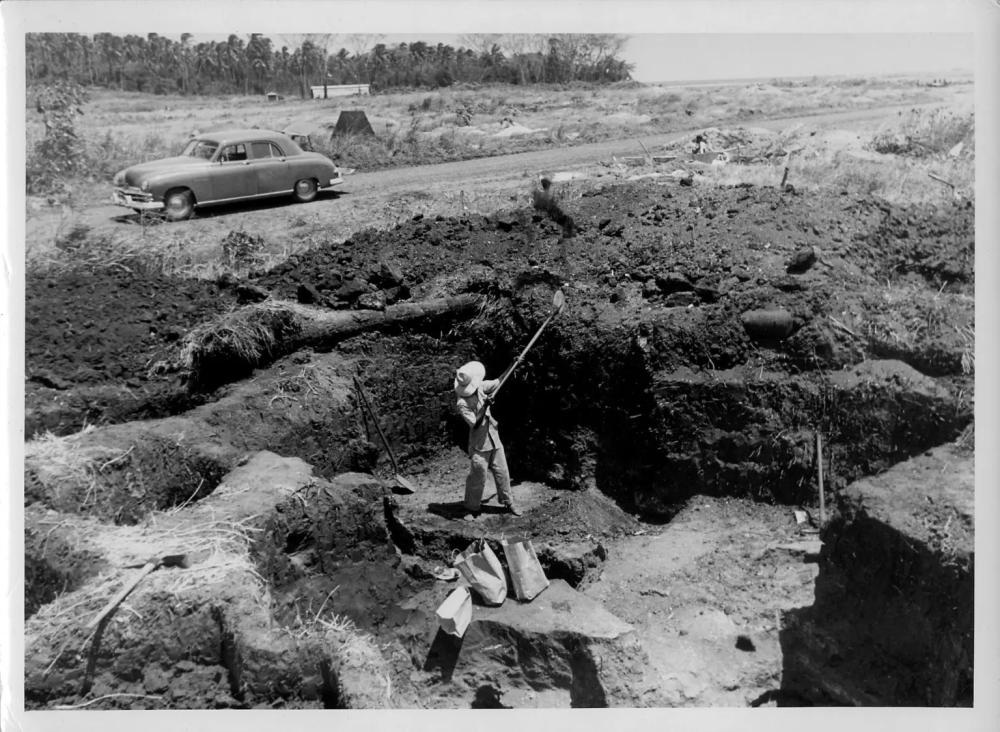
A 1951 photo of a hired worker at Samuel K. Lothrop’s excavation at Playa Venado was taken by amateur archaeologist Kenneth Vinton. Courtesy of Ripon College, Kenneth Vinton Estate.
Since the summer of 2024, I’ve investigated letters between Canal Zone residents and archaeologists to understand the mechanics of the permitting process at Playa Venado. People such as Canal Zone resident Karl P. Curtis wrote to John Alden Mason, an archaeologist who had previously worked in Panama, asking for a letter of recommendation to excavate Playa Venado.
“some of my friends got permission by the army and have found some of the finest gold pendants I have ever seen. The shell work is beautiful. Would you be willing to vouch for my being qualified to dig at this site? The army officials need two recommendations.”
Mason was reluctant and nervous for his friend to conduct archaeology with no training. He did provide the letter but with reservations:
“Frankly, the reason why I didn’t reply sooner was just because, as I presume you realize, professional archaeologists always want to discourage non-professionals from digging, and want all archaeological sites to be left alone until some expedition from some institution can dig them and put the objects in a museum and publish a report on the scientific observations.”

A gold frog pendant, over 1,000 years old, taken from Playa Venado now sits in a collection of the Metropolitan Museum of Art in New York City. The Michael C. Rockefeller Memorial Collection, Bequest of Nelson A. Rockefeller, 1979/Metropolitan Museum of Art
Mason was right to be concerned. Many conclusions about the Playa Venado graves, not just made by amateurs, but also by professional archaeologists, hypothesized that individuals had been brutally murdered and sacrificed. For decades, these results fueled a racialized narrative that ancient Panamanian people were naturally violent.
A study in 2018 showed this interpretation is unsupported by the evidence. It seems, rather than violent deaths, the people buried at Playa Venado received intimate care.
WRESTED HISTORY
Excavations at Playa Venado, and in the Canal Zone more broadly, may have been a way to sidestep more stringent cultural heritage laws that started to take effect in Panama in the 1940s. In 1941, Panama’s government even amended its constitution to better protect its cultural heritage after U.S. archaeologists excavated Sitio Conte, a necropolis on private land that yielded thousands of golden objects. Decades later, Panamanian newspaper articles called the excavations “huaquería con diploma” or “looting with a diploma.”
The Canal Zone legally belonged to and helped construct U.S. empire. Objects from it became enfolded into a growing idea of what was “American.”
When the U.S. finally ceded the Canal Zone to Panama in 1979, former military leader of Panama Omar Torrijos famously stated, “Yo no quiero entrar en la historia, quiero entrar en la Zona del Canal.” (“I don’t want to enter into history, I want to enter into the Canal Zone.”)
U.S. imperialism entered both. It crossed contemporary borders, and historic ones, and used archaeology to justify its presence. American archaeologists claimed scientific superiority to understand Panama’s past and harvested objects for U.S. consumers and institutions. The excavations at Playa Venado show how the legal gray area of the Canal Zone, coupled with the power of the military base, created a plot of land from which ancient Panamanian history could be easily wrested. Many of these objects remain in U.S. museums—after all, at the time, the land from which they were plucked was ostensibly “American.”
To learn more about the author’s work, listen on the SAPIENS podcast: “Cementing the Past.”
Bases like Playa Venado once peppered the Panamanian landscape. And in April 2025, U.S. armed forces announced they might place troops in these bases again, prompting some to call it a “camouflaged invasion.”
At the same time, the Trump administration is attempting to dictate history. The effort includes an executive order—titled “Restoring Truth and Sanity to American History”—that calls for censorship and gutting of museums that investigate and share diverse pasts. Histories critical of U.S. empire are at risk of getting erased from the public eye.
As an archaeology of the Canal Zone shows, controlling narratives about the past emboldens occupations in the present.
Charlotte Williams is an anthropologist who studies the history of archaeology within U.S. imperial projects. She received her Ph.D. from the University of Pennsylvania, and this fall will start as an assistant professor at the University of California, Berkeley. She is currently working on a project about archaeology’s intersection with the United Fruit Company and the Panama Canal Zone.
SAPIENS is a digital magazine about everything human, told through the stories of anthropologists.
In January 2016, we launched SAPIENS with the aim of bringing together the voices of scholars who are eager to share the findings, ideas, and perspectives of anthropology with a broad global readership. As people who study other people, anthropologists look to the past, present, and future to assemble vital observations on what it means to be human. This work matters. Yet all too often their research remains inaccessible to public audiences.
Our purpose is to amplify anthropological insights to make a difference in how people see themselves and those around them. We hope to make people more curious about—and empathetic toward—their fellow humans. We aim to provide critical understandings of how and why humans behave and believe as they do. We want to help address the inequalities, injustices, and harms humans perpetrate against one another and our planet.
Each year, millions of readers come to the free magazine to dig into the wonders and complexities of human biology, culture, history, and language. One day you might learn about Neanderthals who created art or about a tribe in Peru that invented its own sign language. Another day you might question whether humans are naturally generous or read an interview with an anthropologist working to combat anti-Black racism in Brazil. We cover humankind’s labyrinthine relationships with politics, power, food, art, animals, race, nature, sex, sports, violence, technology, morality, and much more.
The SAPIENS team invites you to be part of our community. If you’re a scholar, consider contributing a story. If you are an educator, explore SAPIENS’ teaching units. If you are an avid reader, sign up for our weekly newsletter, subscribe to our podcast, follow our channels on social media, and share our stories with your family and friends.
SAPIENS is a publication of the Wenner-Gren Foundation and published in partnership with the University of Chicago Press, while maintaining unconditional editorial independence.
Vision:
Amplifying anthropological insights to build a more just and sustainable world.
Mission:
Delivering trusted, compelling, and relevant anthropology stories to public audiences.
Commitments:
- Share a broad range of human stories with integrity and clarity
- Bring marginalized voices to the center of conversations
- Treat our community of authors, readers, and story subjects with empathy and respect
- Bridge academic and public spaces
- Help anthropologists become engaging storytellers
- Demonstrate the value of anthropology in the wider world
- Confront what anthropology was, challenge what it is, and dream what it could be
Visit the Sapiens website to subscribe.
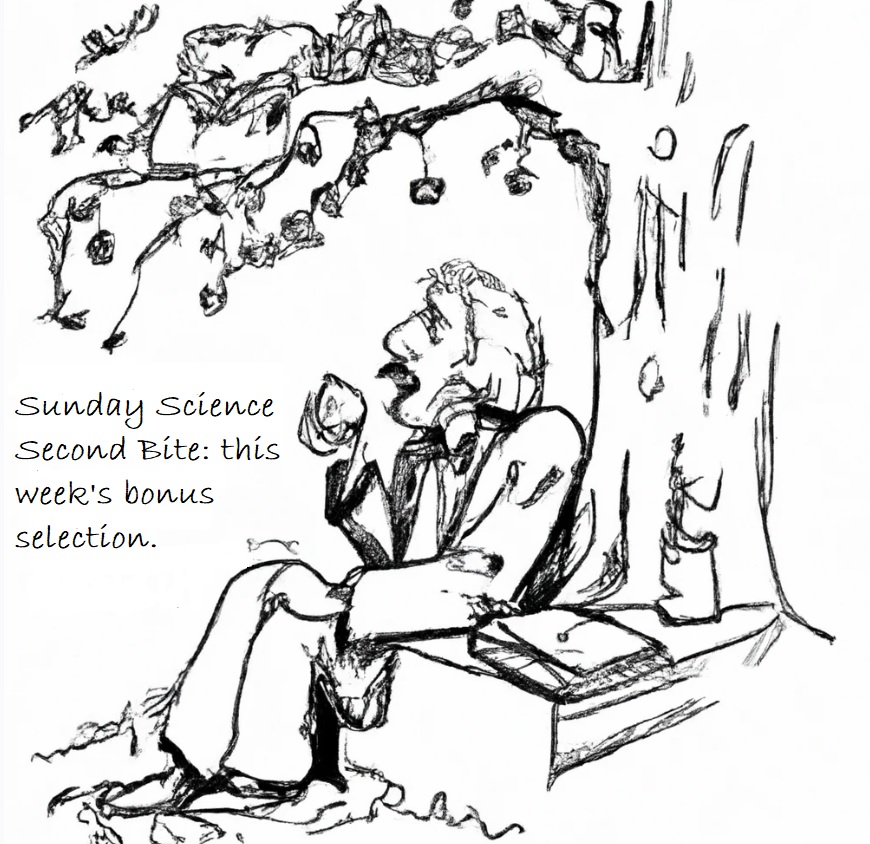
OpenExo: an Open-Source Modular Exoskeleton to Augment Human Function
Jack R. Williams, Chance F. Cuddeback, Shanpu Fang, Daniel Colley, Noah Enlow, Payton Cox, Paul Pridham, and Zachary F. Lerner
Science (Robotics)
June 25, 2025

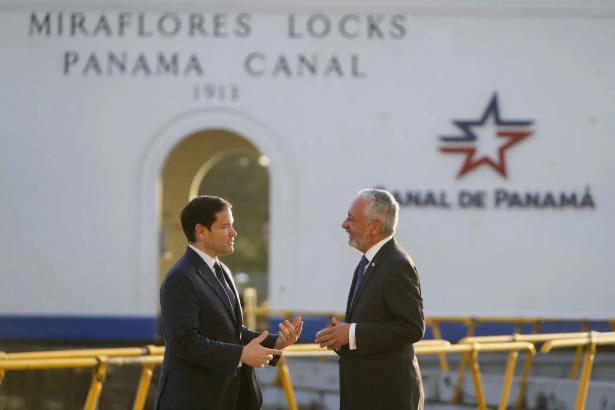
Spread the word